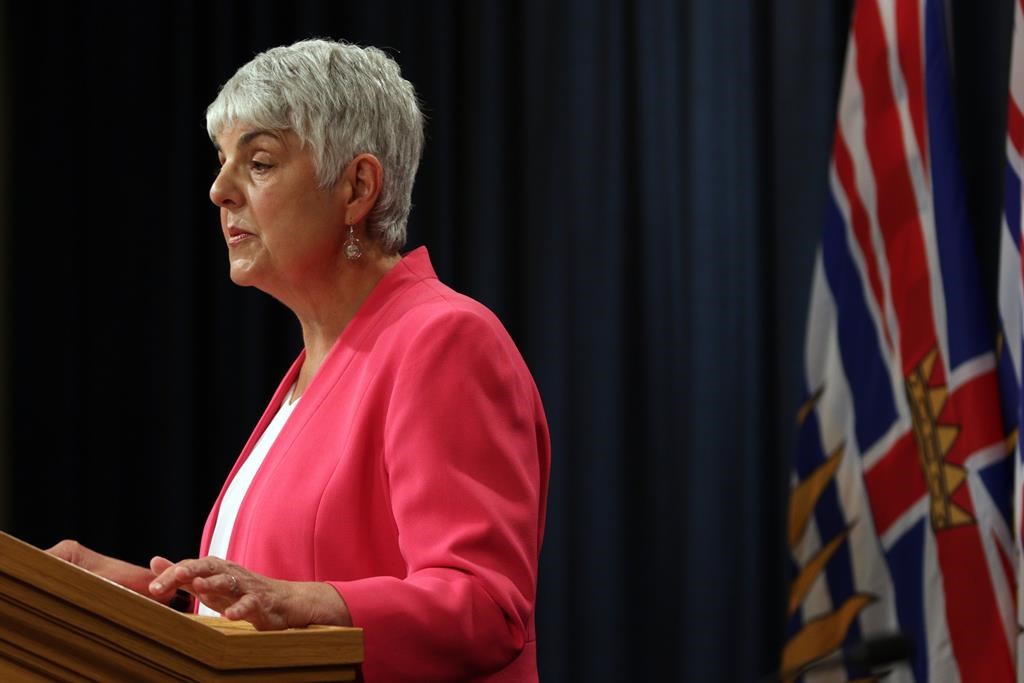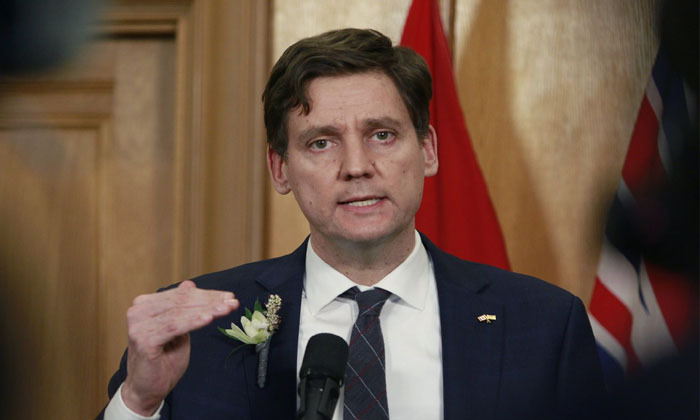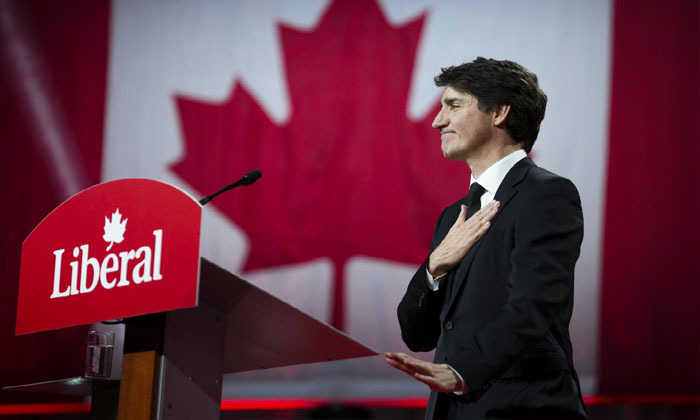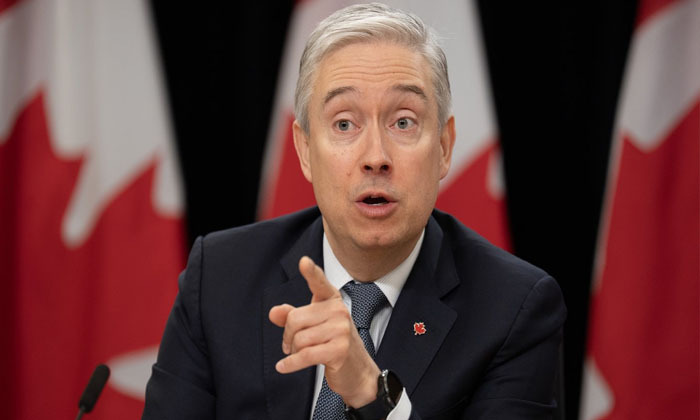101.7 FM
88.1HD2
 8.85 c
8.85 c101.7 FM
88.1HD2
Top earners, pop drinkers pay more in British Columbia budget
BY , Feb 18, 2020 10:49 PM - REPORT AN ERRORLAST UPDATED ON Apr 24, 2020 3:32 PM
Budget 2020 moves British Columbia forward by building the infrastructure the growing province needs, supporting thousands of new jobs, strengthening investments in health and education and making life more affordable for everyone.
"From new roads, hospitals, housing, schools and child care centres to better, more affordable services in every community, we're seeing fundamental changes that are making life better for British Columbians," said Carole James, Minister of Finance.
"Together, we've made a lot of progress and we can't turn back. Budget 2020 keeps our province moving forward by focusing on people."
Building a stronger B.C.
Quick Facts:
* The budget is balanced in all three years of the fiscal plan with surpluses of $227 million in 2020-21, $179 million in 2021-22, and $374 million in 2022-23.
* Last year, B.C.'s economy was among the top of the provincial real gross domestic product (GDP) growth rankings, led the country with the lowest unemployment rate, and was among the leaders in employment growth across Canada.
* British Columbia is projected to continue to be among the top of the provincial real GDP growth rankings in 2020 and 2021.
* Between 2001 and 2019, B.C.'s population grew by nearly one million people, with much of the increase concentrated in the Lower Mainland. By 2024, B.C.'s population is expected to grow by approximately 346,000 people and by more than one million people in the next 15 years.
Budget 2020 projects surpluses of:
* $227 million in 2020-21
* $179 million in 2021-22
* $374 million in 2022-23
Revenue outlook
Total government revenue is forecast at $60.6 billion in 2020-21, $62.4 billion in 2021-22 and $64.2 billion in 2022-23.
Expense outlook
Total expenses over the three-year fiscal plan are forecast at $60.1 billion for 2020-21, $61.9 billion for 2021-22 and $63.5 billion in 2022-23.
Capital spending
Taxpayer-supported capital spending over the fiscal plan is a record $22.9 billion and includes new investments to sustain and expand provincial infrastructure, including schools, post-secondary facilities, housing, transit, roads, bridges and hospitals.
Debt affordability
B.C.'s taxpayer-supported debt is projected to be $49.2 billion at the end of fiscal year 2020-21, $53.9 in 2021-22 and $58.6 billion at the end of 2022-23. The taxpayer-supported debt-to-GDP ratio, a key metric used by credit rating agencies, is expected to remain near 17% by the end of the fiscal plan period.
Share on
Related News
Sign up for the newsletter
We'll deliver best of entertainment right into your inboxWe love to hear from our listeners, so feel free to send us message















